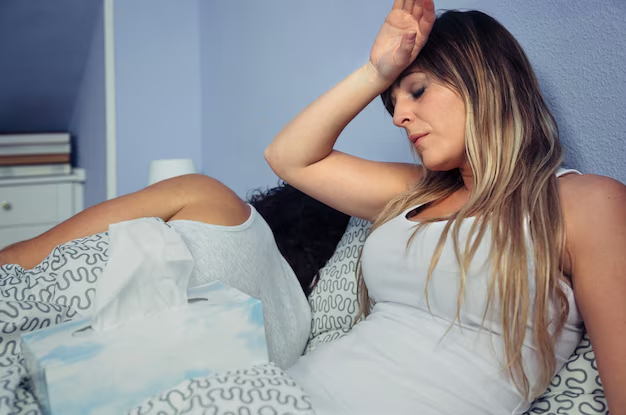Conquer Nighttime Male Incontinence with Confidence
Dealing with nighttime male incontinence can be daunting, but it’s more common than you might think, and manageable with the right strategies. For many men, finding effective solutions can significantly enhance quality of life and restore peace of mind. Here’s a guide to help you tackle this often sensitive issue head-on.
Understanding the Causes
Incontinence at night, or nocturia, varies from individual to individual. It can stem from medical conditions such as diabetes, prostate problems, or simply aging.
Medical Assessment
First and foremost, consult with a healthcare professional. Understanding the root cause of your incontinence can guide you toward the most effective treatment. This may involve:
- Urological examination to evaluate prostate health.
- Diabetes screening if frequent urination and thirst present together.
- Neurological testing if nerve function is a concern.
Lifestyle Adjustments
Simple lifestyle tweaks can sometimes make a huge difference. Here are effective measures you can implement:
Fluid Management
- Limit liquid intake in the evening to prevent a full bladder at night.
- Avoid alcohol and caffeine after 6 PM, as they can irritate the bladder.
Dietary Changes
- Incorporate fiber-rich foods to prevent constipation, which can exacerbate bladder issues.
- Moderate spicy foods if they are found to trigger symptoms.
Products and Solutions
For more immediate relief, there are products specifically designed to manage nighttime incontinence:
- Absorbent pads and adult diapers that provide peace of mind and protection, allowing for uninterrupted sleep.
- Waterproof mattress protectors to shield bedding.
Medication and Treatment
Your doctor may prescribe medications to help manage the symptoms of incontinence. Common options include:
- Anticholinergics, which work by relaxing the bladder muscle.
- Desmopressin, which helps reduce urine production overnight.
Emotional and Financial Support
Facing incontinence can be emotionally taxing. Support groups exist to provide a community of understanding peers. Moreover, if the cost of managing incontinence feels overwhelming, several financial support options can help.
Exploring Financial Assistance
Government programs and nonprofits often offer aid:
- Medicaid and Medicare can cover the cost of incontinence supplies for eligible individuals.
- Charity-based resources might assist those without insurance.
Looking Forward
While tackling these challenges, it’s smart to consider broader financial stability and health education. Incontinence supplies might increase your monthly expenses, so exploring financial assistance can provide relief:
- Government aid programs can offer substantial support for healthcare necessities.
- Educational grants may enable further access to specialists and improved care.
- Debt relief options can be explored if expenses become unmanageable.
Support at a Glance: Financial and Educational Resources
- 💸 Medicaid/Medicare: Coverage for incontinence products
- 📊 Financial Aid Programs: Support for medical supply costs
- 🏥 Nonprofit Organizations: Aid for uninsured individuals
- 📚 Educational Grants: Funding for health-related learning and improvement
- 💳 Debt Relief Services: Assistance to manage expenses effectively
Whether facing male incontinence directly or helping a loved one, remember that supportive resources are available. By making mindful choices and utilizing available financial resources, those dealing with this issue can find comfort and regain control.

Related Topics
- a Patient You Are Caring For Uses Incontinence Briefs
- Are Incontinence Products Tax Deductible
- Are Incontinence Supplies Covered By Medicare
- Are Incontinence Supplies Tax Deductible
- Can a Bladder Infection Cause Urinary Incontinence
- Can a Kidney Stone Cause Incontinence
- Can a Urinary Tract Infection Cause Incontinence
- Can a Uti Cause Incontinence
- Can Constipation Cause Incontinence
- Can Constipation Cause Urinary Incontinence